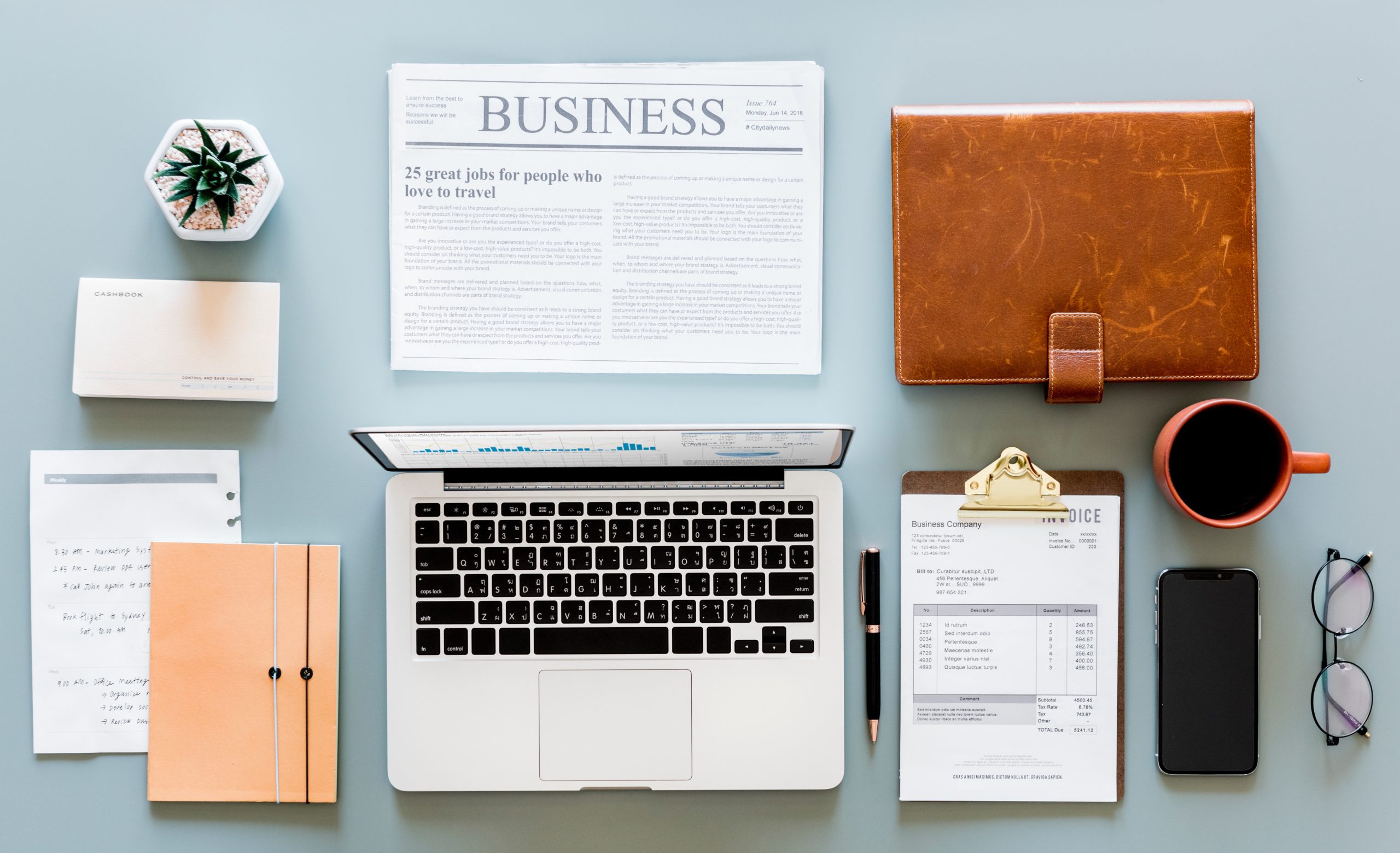Sometimes, people come into the San Rafael office of Books in Balance and tell me that they’re barely documenting their profit, losses, sales, and liabilities — and that rather than a balance sheet, they’re simply keeping a few spreadsheets around.
Learn To Read Your Small Business Balance Sheet

When that happens, I tell them that a balance sheet is absolutely critical to small business success, and here’s why: a balance sheet is the definitive single-sheet overview of what’s bringing in cash and what’s payout out cash. The term “balance” is used because when you balance out the two sides of it (assets and liabilities), hopefully things are positive — literally and figuratively. That means that your business is doing well and cash flow is healthy.
However, if your balance is negative, at least the balance sheet is there to give you the cold hard numbers. As unpleasant as that is, it is a good signal to move forward into solutions.
At the very core of your balance sheet, two fundamentals have to be tabulated: your assets and your liabilities. For most businesses, this breaks down into a few different sub-sections. Let’s take a closer look.
What Are Assets?
Assets are anything that will drive cashflow into your account, whether it’s immediate or long-term. Assets are often split into three categories (though many businesses will drop the third one when appropriate).
- Current Assets: Your business’ current assets are the items that are going to convert into cash within the year. For many businesses, this is often three things: the current cash on hand, the billed accounts receivable that will become cash upon collection, and the inventory that will sell to create cash upon transaction and collection. Note that even if you’re a service-based business and only sell a handful of physical inventory, that still counts.
- Fixed Assets: Fixed assets (also known as non-current assets) are those that will take a year or longer to convert into cash. This often includes property, equipment, vehicles, and other long-term business assets. For non-current assets, depreciation must be calculated.
- Other Assets: If there’s something that falls into a bit of a gray area, it’s simply collected under an “Other Assets” category for simplicity’s sake — though you can drill down to be however specific you want. Examples of other assets include intangibles such as domain name, patents, trademarks, or intellectual property.
Note: For fixed assets, depreciation is calculated by taking the initial cost and splitting it into the amount of years that the asset is considered useful. That final number is the depreciation calculated per year.
What Are Liabilities?
Liabilities are the opposite of assets — rather than bring in cash, they take it from you. However, like assets, they are often broken down into sub-groups.
- Current Liabilities: These types of liabilities represent items that will be paid out in the near future (less than a year). Most businesses include items such as accounts payable, payroll, company credit card, quarterly tax payment (or other tax liability), monthly technology bills, and other regular payments.
- Long-Term Liabilities: Also known as non-current liabilities, these are similar to fixed assets in that they are paid off over a long period. Business loans are the primary form of long-term liabilities, and if you own the property for your business, mortgages are also common.
Need Balance Sheet Help?
If you’re one of those businesses that bookkeeping
isn’t sure how to craft a balance sheet — or maybe you have one but the numbers literally aren’t adding up — I invite you to come to the San Rafael office of Books in Balance. Get in touch today to schedule your free consultation; we work with all manners of small businesses, and we’re happy to answer all your questions about balance sheets and more.
- Preparing Your Tax Documents - February 1, 2024
- Making of a Successful Team Environment - December 31, 2023
- Got a Mistake on Your Tax Returns? - September 3, 2023

